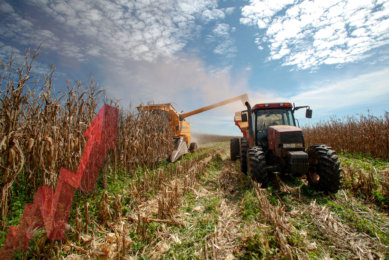Hot topics on mycotoxins

Vera Traar, Product Manager for Mycotoxins at Romer Labs, attended the 35th Mycotoxin Workshop in Gent. These were the latest news and most discussed topics within the scientific community of mycotoxins:
Aflatoxin contaminations in Europe are increasing
According to the FAO more than 25% of the world’s agricultural production is contaminated with mycotoxins. The presence of mycotoxins is unavoidable and therefore testing of raw materials and products is required to keep our food and feed safe. Currently aflatoxins are in focus of European food and feed industry. Usually occurring only in tropical to subtropical climate zones, aflatoxin contaminations in Europe, possibly as a side effect of global warming, are increasing.
On everyone’s radar: New results in isotopic labelling and LC-MS/MS methods
The European aflatoxin problem was only one of the discussed topics at the 35th Mycotoxin Workshop in Gent, which was hold May 22-24, 2013. The program included presentations and new results in isotopic labelling and LC-MS/MS methods including multi-mycotoxin methods which is believed to gain importance in future field of detection. The detection poster presentations were also clearly focusing on masked mycotoxins, the LC-MS/MS and LFD technology. Throughout various discussions it became clear that the community sees LC-MS/MS as the reference testing method of the future.
Outlook on the future challenges
Further production and occurrence of mycotoxins, impact on animal and human health, reduction and prevention and toxicology were discussed at the conference. Interesting presentations on potential impact of climate change were presented, which brings us back to the current aflatoxin problem in parts of Europe. But also the consumer side and more transparency that is needed in publications of mycotoxins exceeding the regulated limits were pointed out at this year’s conference. Probably a clearer communication is necessary for regulations of publishing exceeding mycotoxin levels. Moreover the health aspect for animals and humans was discussed. There was a clear opinion on the exposure on a mixture of mycotoxins and not only on one or two, which concludes that testing and of course also prevention of a broad range of mycotoxins will be necessary in future.











